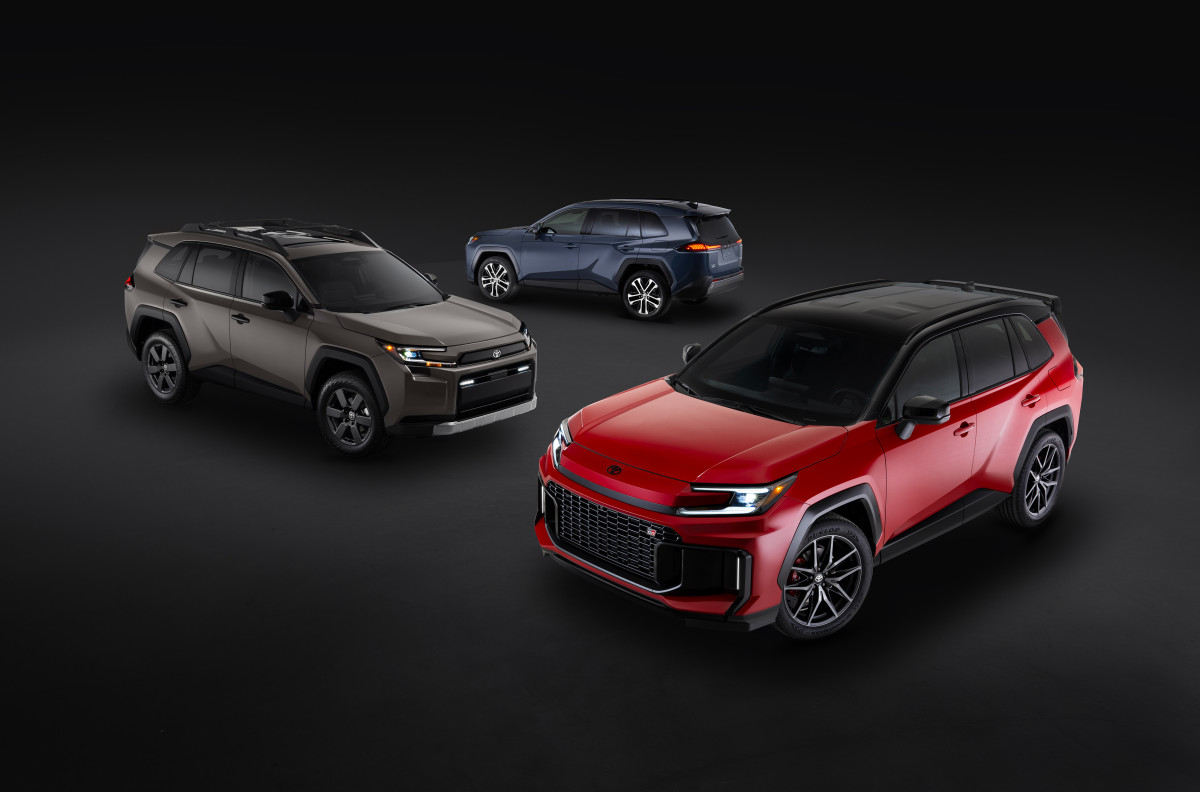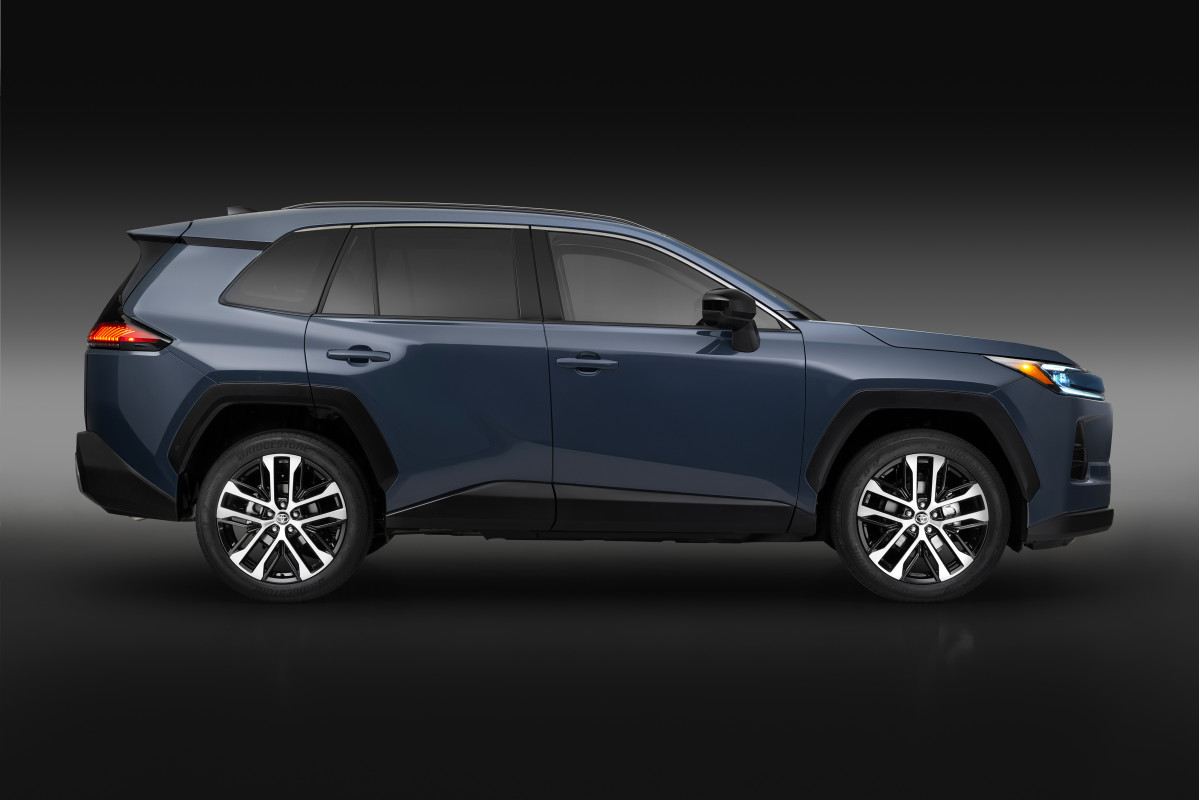Big Leap for Toyota RAV4

Toyota is taking a bold step into the hybrid world with the release of its sixth-generation RAV4. This update is more than just a fresh coat of paint; it represents a substantial shift towards electrified vehicles in the U.S. market. As the top-selling non-pickup passenger vehicle, with nearly half a million sales last year, moving to exclusively hybrid and plug-in hybrid versions is a gamble that Toyota believes will pay off as consumers embrace these greener alternatives.
From 2026 onwards, the RAV4 will shed its traditional gas-only engine option entirely. This shift mirrors the hybrid-only direction taken by the 2025 Camry, showcasing Toyota’s confidence in the growing hybrid and electric vehicle (EV) market.
Power Boost

The hybrid RAV4 isn’t just sporting a new drivetrain; it’s packing more punch under the hood. With the latest iteration of Toyota’s hybrid technology, the 2.5-liter four-cylinder engine pairs with electric motors to crank out 236 horsepower in all-wheel drive (AWD) models. Front-wheel drive (FWD) versions feature 226 horsepower, marking the first time FWD has been available for RAV4 hybrids, offering a slight jump from the previous gas-only version’s 203 hp. It’s a nice bump that should mean a more responsive and efficient ride on the road without guzzling more gas.
The plug-in hybrid variant, or PHEV as it’s often known, doesn’t lag either. With a beefed-up battery and twin electric motors, it’s upping the ante to a total of 320 horsepower. The electric-only range now extends up to 50 miles, a 20% increase compared to its predecessor. Plus, XSE and Woodland trims can leverage DC fast charging, juicing from 10% to 80% in just 30 minutes, making it easier to keep on the move.
Platform and Tech

The RAV4 now rides on Toyota’s refined TNGA-K platform. It’s engineered for a quieter and smoother experience through a more rigid structure and enhanced insulation to keep those road sounds at bay. Inside, the Arene software platform elevates the multimedia system to new heights, accompanied by the latest Toyota Safety Sense 4.0, setting a fresh benchmark for safety features.
Thoughts

Now, while the RAV4 Hybrid still relies on gasoline, which might not be an ideal solution for every environmental advocate out there, it’s a pragmatic option given the landscape. In the current climate, where fully electric vehicle sales are slowing and policy incentives are waning, a hybrid approach allows Toyota to cater to a broader audience. Nearly half of Toyota’s U.S. sales are hybrids, and the RAV4’s new lineup could reasonably boost those numbers even further.
Both hybrid and plug-in models bring more power to the table, with the hybrid offering 226 hp for FWD and 236 hp for AWD configurations. The plug-in hybrid also showcases an improved battery and electric system, providing a total of 320 hp. While it won’t single-handedly tackle the climate crisis, the 2026 RAV4 can ease many drivers into a more fuel-efficient lifestyle without stretching the budget. It feels like a hybrid between America’s love for power and the need for better mileage.
Toyota's Bold EV Plan
Durango 2026 Unleashed
RAV4 Goes All Hybrid
Versa Manual Gone
Hyundai Holds Prices